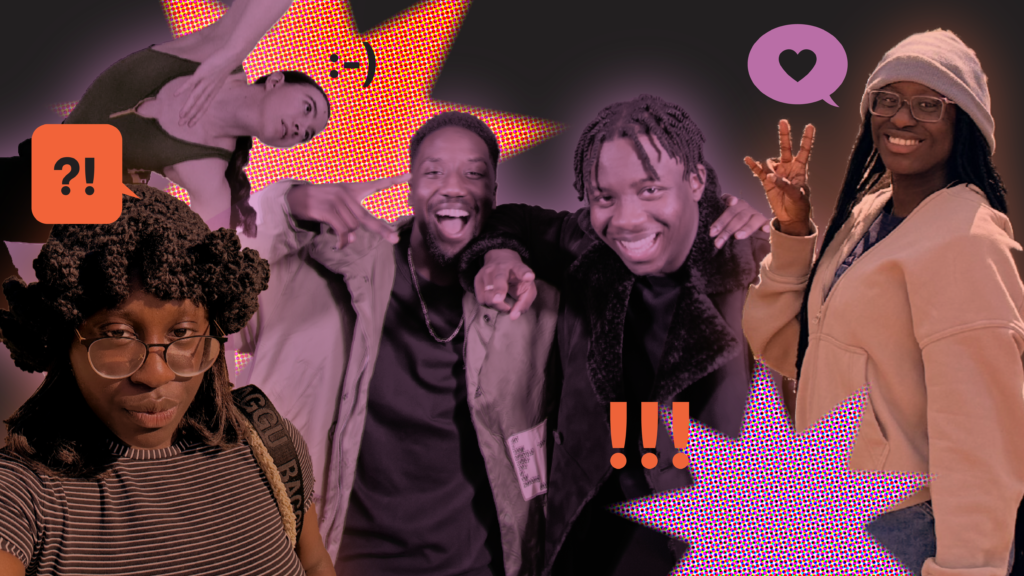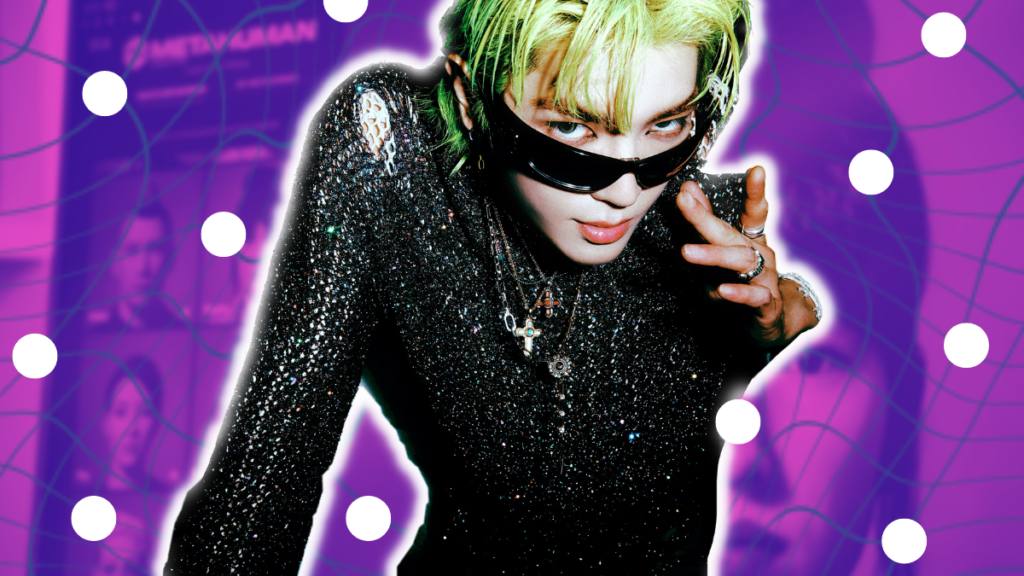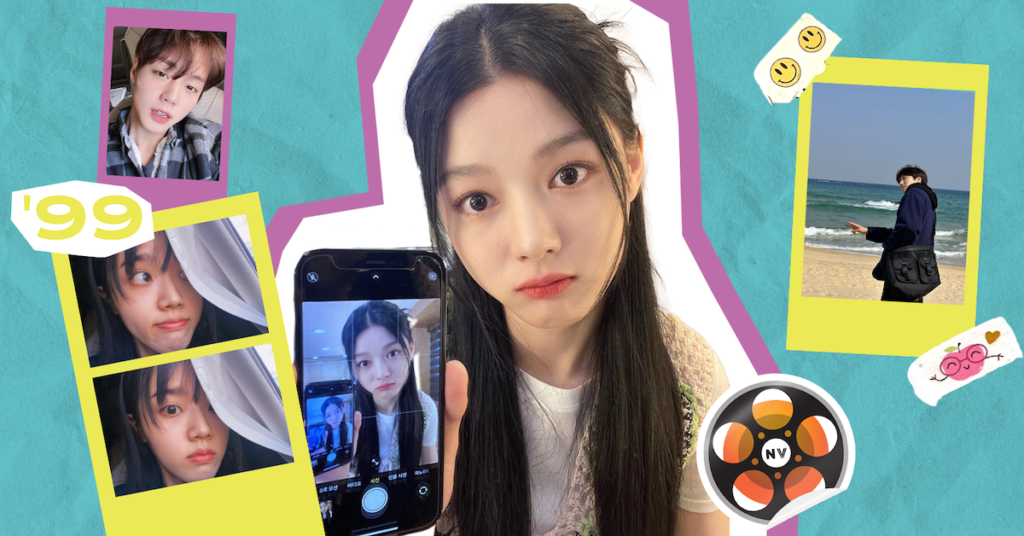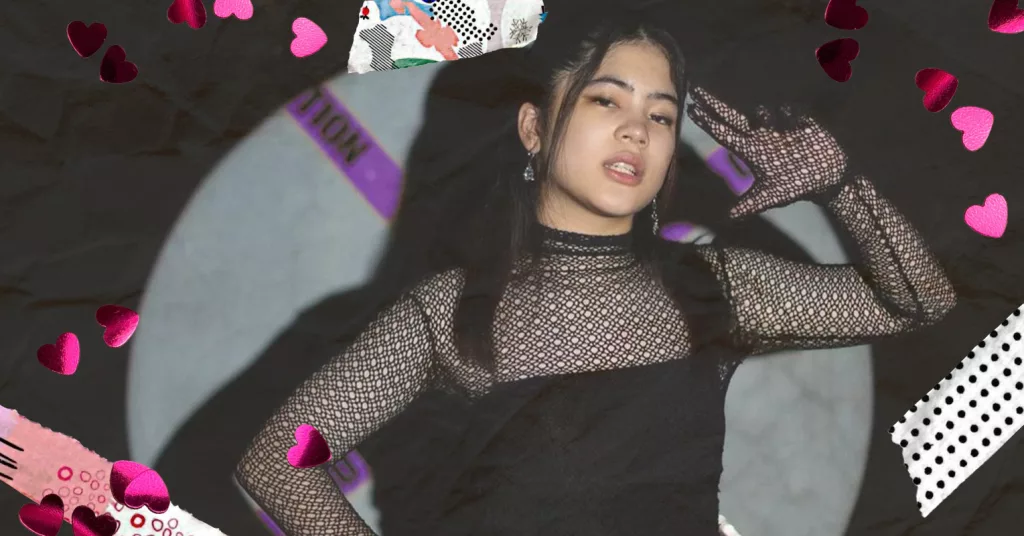If you are a part of Gen Z, you have probably stumbled upon the world of K-pop reaction videos. With the rising global popularity of K-pop, reaction videos have become a unique way for people to engage with the genre. The concept is simple: creators across various platforms record themselves watching a K-pop-related video such as a music video, a dance practice, or a reality show and share their reactions.
While reaction videos may seem like a new phenomenon, they have actually existed for many years. Notably, British TV show Gogglebox has been showcasing people’s reactions to various films and series since it began airing in 2013, while the YouTube channel, REACT, popularized reaction videos online. However, the K-pop genre has undoubtedly given reaction videos a new level of popularity. A quick search of any K-pop video will bring up countless K-pop reaction videos. These videos can receive millions of views and are particularly popular among Gen Z audiences with many reaction channels run by young creators themselves. To explore the popularity of reaction videos, EnVi spoke with some passionate Gen Z reactors over email.
First-Time K-pop Reactions
K-pop reaction channels have gained popularity among fans who enjoy watching others discover the genre for the first time. Through reaction videos, viewers can experience the excitement of seeing their favorite artists through fresh eyes. One such channel is FO Squad Kpop. Falilou and Ousmane, the duo behind FO Squad, stumbled across V of BTS’s “Singularity” trending on YouTube and decided to film a reaction video to it. As they watched more K-pop music videos, they became increasingly intrigued with the genre. “We genuinely believe that the amount of effort K-pop puts in their music videos are second to none, and we found the whole world of K-pop interesting,” they shared with EnVi.
Now they are fans of K-pop, the duo often seek out reaction videos of the genre themselves. “When we stumble on an amazing music video we sometimes want to see other people’s views on it and those are usually the times we fish for other people’s videos,” FO Squad said.
FO Squad’s approach to creating reaction videos is centered around enjoyment and authenticity. The duo’s filming process involves “forgetting about the camera and having fun.” By prioritizing these values, they have not only attracted viewers who appreciate their initial reactions but have also formed strong connections with their audience. Their channel now boasts over 750,000 subscribers, whom they affectionately call their “FO Squad Fam.”
In particular, their Taste of Culture series, in which they interview various K-pop idols, has gained significant popularity. FO Squad credits their viewers for helping to make the series possible. “We’re very fortunate to have such a healthy support group. We never thought that we’d ever reach these heights simply because we started our channel with no motive behind it,” they explained. “The fact that people enjoy our videos is a big motivator for us to give more and try more. If it wasn’t for our supporters, we wouldn’t have started Taste of Culture. It’s a divine feeling to be able to sit down with idols and talk to them about cool stuff, and it’s even more beautiful to see that the people we do it for love the show as much as we do.”
From Fan to Fan
Reaction videos have become a powerful tool to introduce viewers to new music genres. Twin sisters Pia and Mercedes discovered K-pop through a reaction video on YouTube titled “Youtubers React to K-pop.” They told EnVi that the video helped them “understand what K-pop is and how so many groups are involved in the genre.” After becoming fans of K-pop, they decided to start their own reaction channel on YouTube. “There were not a lot of young Black reactors, especially Black girls,” they explained. “All we really knew about were Jasmine, and Courtney (2MinJinkJongKey), two Black women we really looked up to! So we were inspired by them but also wanted more representation!”
Watching reaction videos can also allow viewers to connect with others who share their interests. Pia and Mercedes’ reaction videos have gained popularity because they offer a sense of relatability for viewers. As fans themselves, they share their genuine and enthusiastic reactions. They believe reactors being fans of the groups they react to is “where the aspect of the feeling of watching with friends comes in because they react the exact same way or even more.” However, they also noted, “it can be great if they are not into the groups too, because as a fan of another group you could be learning something new still!” Their passion as fans also gives them a unique perspective on what is important in a video. “Looks and physical appearance is a huge factor in the way we react the way we do,” they explained. “Vocals! Vocals! Vocals! If they can sing, we highlight that a lot as well.”
In every video, Pia and Mercedes have their viewers in mind and strive to give their honest opinions. As they explained, “we always go into it with the thought of how our viewers would feel about what we watch and what they expect of us each time. Because they know we tell the truth no matter what.” This sense of community can provide a supportive environment for creators. “We graduate from college this year and I think a feeling of love from our community would help us greatly in this past stretch,” they added.
Learning Something New
Reaction channels can provide a valuable learning opportunity for those looking to gain a deeper understanding of K-pop. Take Margaret Pugh, who has extensive dance training ranging from commercial jazz, lyrical, hip-hop, conservatory ballet, concert modern, and contemporary. Margaret is in her final semester at University, receiving a Bachelor of Fine Arts in Dance, which informs her expertise in analyzing K-pop choreography. “I think reaction videos can be a good place to start when learning about dance and choreography,” Margaret told EnVi. “I want someone who has never danced before to be able to watch my reactions and learn about dance in an easy-to-understand way.”
Margaret started her YouTube channel to share her knowledge and break down the exclusivity of dance. She explained, “dance can be very confusing sometimes especially if you are a new dancer without many resources.” She then began reacting to K-pop due to a suggestion from her friend. “I thought that reacting to K-pop would be a more fun way of explaining the history and technique of dance, compared to sitting and lecturing in front of a camera. Since dance is such a visual art form, it really helps to see the concepts instead of trying to communicate with just words,” she shared.
From K-pop dance practices, music videos, and award show performances, Margaret has reacted to a wide range of videos. However, she added that she tends to react to pieces that lean more towards jazz, ballet, or contemporary due to her personal experience. “Some dances are more rooted in forms such as popping or krumping, which I am less familiar with. I want to make sure I’m providing my audience with the best information possible.”
Margaret’s reaction process involves going in with as little information as possible about the dance. She shared, “often when you see me reacting that is genuinely the first time I have seen the dance. I like getting my authentic first reaction to the movements, then I go back and rewatch the video focusing more on specifics.” Margaret added that this approach allows her to “appreciate the overall feeling and emotional journey of the piece before dissecting the choreography and figuring out why certain moments are so powerful.”
Embracing K-pop Reaction Culture
The success of K-pop across the globe has led to the emergence of numerous K-pop reaction channels, which have become a key aspect of the online landscape, particularly for the Gen Z audience. The appeal of these channels is due to a blend of factors, including a chance to see things from someone else’s perspective, a sense of community, and to gain knowledge. Reaction videos also allow Gen Z creators to build a following online. With the ever-increasing popularity of K-pop, it is likely that K-pop reaction channels will also continue to grow in the coming years.
Want to read more Gen Z-themed articles? Get the physical copy of our Gen Z Issue here!




